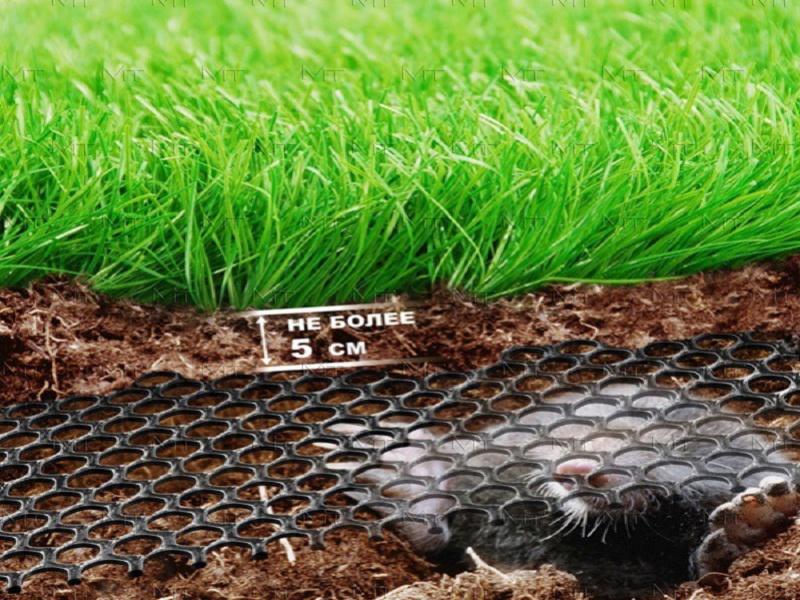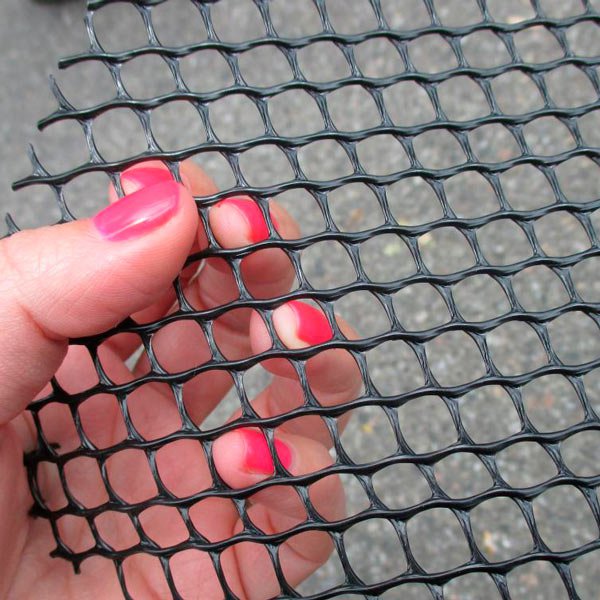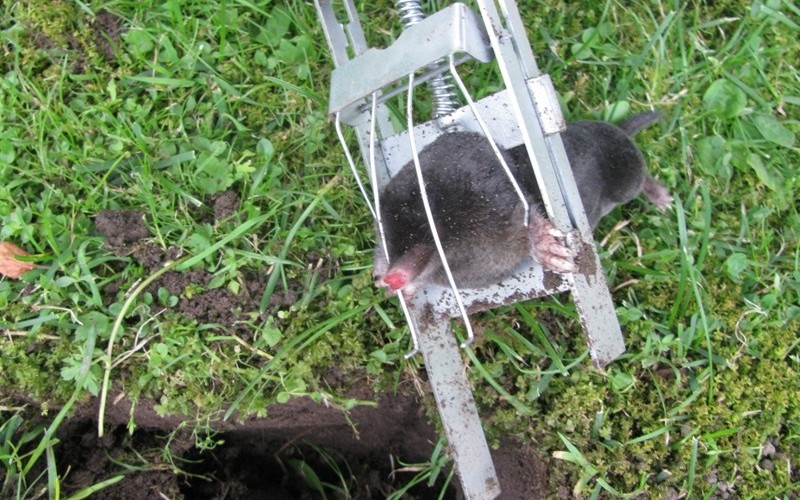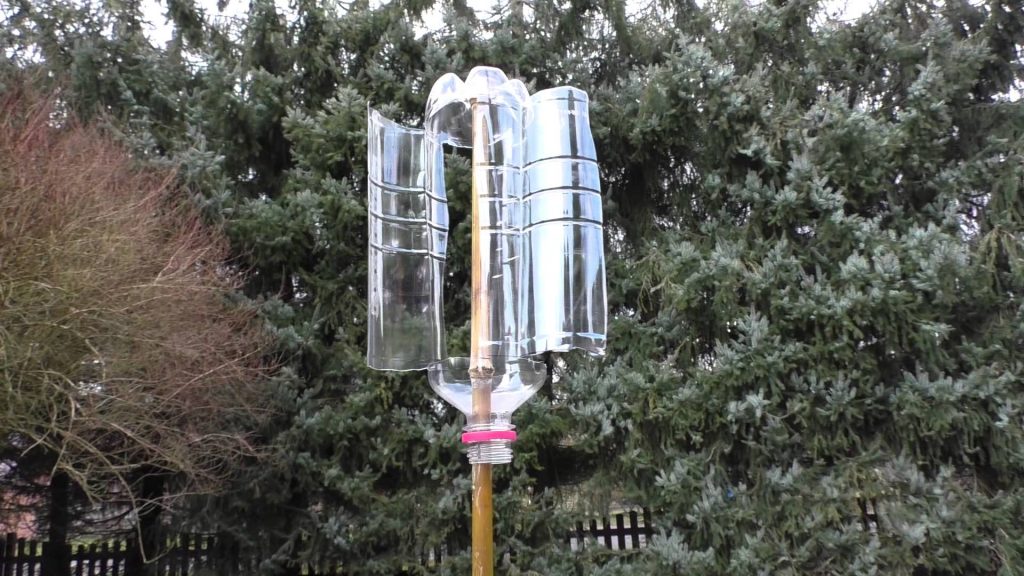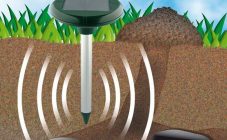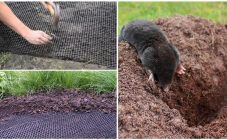Content:
Arriving at the dacha, you can sometimes notice that the site is covered with mounds with loose earth thrown out nearby and holes in the middle. This means that a mole has settled in the garden and measures need to be taken to save the harvest.
What is the danger of a mole on the site
The mole is a small mammal that lives mainly underground. It is insectivorous. It weighs from 10 to 70 g, its body length is from 5 to 20 cm. The body is covered with dark or black velvety fur. The pile of the mole grows straight up, which allows you to move underground without problems and back and forth. The front paws with large claws look like shovels, the animal breaks holes in the ground with them, screwing into the hole with its muzzle and body, the hind legs are much weaker.
Shallow underground, the animals break through the network of foraging passages, where earthworms crawl. They are the main food of this animal, except for them slugs, woodlice, beetle larvae, bear, as well as frogs and even snakes go to food. Moles are incredibly voracious. They are cannibals, if you leave two hungry moles together for a long time without food, then soon a fight will begin between them and the strong will dine on the weaker.
Since the mole cannot gnaw the ground with its teeth, like a shrew, and digs holes only with the help of its paws, it prefers loose lands in the forest and field for life. It equips its burrows at a depth of 1.5-2 m, while a lot of earth is thrown onto the surface. The appearance of such loose bumps on the soil should alert summer residents.
The underground beast does not feed on the roots of plants, but damages them, breaking through its own passages, thereby causing great damage to the crop. There is one more disadvantage of the mole staying on the site. In old wormholes, earthen rats live, which use the dug passages. Several rats are able to destroy the entire crop of potatoes or carrots, completely gnawing the entire root crop underground, leaving only the crown sticking out of the ground and tops.
Setting the grid
One of the main methods of dealing with underground animals is the anti-mole nets. It is a plastic or metal mesh covering, which, due to the small size of the cells, prevents moles from entering the area. At the same time, they do not interfere with the growth of plants that germinate through the holes. It can be installed both horizontally and vertically. The metal mesh is strong, but short-lived, it rusts quickly in the ground and the mole is able to destroy it. Therefore, the greatest demand is for nets made of polymers. Their shelf life is unlimited, you can bury them once on the site and forget about moles forever.
Method of laying a mesh for arranging a lawn:
- Remove the top layer of the earth.
- Lay the mesh, fix at the edges with staples.
- Put 5-10 cm of fertile soil on top, level, shed.
- After 2 days, lay a rolled lawn or sow lawn grass seeds.
- Cover with a layer of mulch. Drizzle.
The mole cannot get to the surface and leaves this area.
The anti-mole mesh of the Italian manufacturer called Sintoflex refers to premium products and has already conquered the Russian market due to its qualities:
- durability;
- strength;
- flexibility of the material.
The manufacturer guarantees a service life of up to 25 years. The mesh size of such a grid is 12 * 14 mm.
You can buy a net from moles in Leroy Merlin, it will be much cheaper, but not at the expense of quality.
A horizontally laid and fixed anti-mole net strengthens and levels the ground and prevents it from slipping if there is a slight slope.
Greenhouse anti-mole netting
If moles are in charge of the site, a number of measures must be taken before setting up the greenhouse. First, they remove the top fertile layer of earth, about 20 cm. A mesh is laid on the lower soil layer, or better, according to the advice of summer residents, 2: both metal and polymer to protect not only from moles, but also from earthen rats. The areas of covered gardens are small, the costs will not be very high. The mesh is fixed in the ground with pins and covered with fertile soil on top. Now you can set up a greenhouse or greenhouse. Protection against underground pests is provided for many years.
Do not forget about such a thunderstorm of moles as cats. Pets can sit in ambush for several hours, waiting for prey. During the night, such a hunter is able to catch several moles.
Handmade mole traps
There are many types of mole traps that you can make with your own hands from scrap materials. They are done using:
- metal or plastic pipe
- plastic bottles
Mole trap number 1
It is a plastic pipe with a diameter of 9 to 12 mm; it is these passages that the mole digs. There are doors at both ends that only open inward.
The device is installed in the mole passages. The animal, crawling along the tunnel, pushes the door, gets inside and cannot get out. Several animals can fall into such a trap from different sides. There are descriptions when gardeners caught 3-4 moles in this way at once. You can make a similar trap yourself.
For this you need:
- a piece of plastic or iron pipe;
- a small piece of metal sheet to make the doors;
- wire;
- drill.
Drill 2 holes on both sides of the pipe. Cut out the doors, making allowances for the folds to fasten on the wire. Insert one end of the wire into the hole, hang the door, secure it, insert the wire into the other hole, securing the ends outside. Check if it opens well inward. Attach a small stupor to the bottom or side, preventing the doors from opening outward.
Trap # 2
Anyone can make a mole trap from a plastic bottle. To make this device, you will need 3 plastic bottles of the same diameter and capacity. One is cut off the bottom and neck to get a long cylinder, the other two are cut in half. For work, you need halves with tops. The necks must be cut so that they move apart, like the petals of a flower. Insert both bottles with the necks inside into the plastic cylinder prepared in advance. Such a mole trap can be made by everyone in 10 minutes. It is installed in underground mole passages.
The beast, crawling inside, bends back the petals, but can no longer get out. To lure a mole, you can put several earthworms inside the structure, but you need to remember that if there is no goal to kill the animal, but only to get rid of it, you should check the traps every 6 hours. To do this, they are not covered with earth from above, but are closed tightly with cloth, boxes, boards so that sunlight does not penetrate. The mole does not see well, but he distinguishes bright light. Without food, the animal will quickly die, you need to carry it at a distance of 1 km from the site and release it.
Effective methods of dealing with moles
To prevent the mole from entering his site, the vigilant owner will take measures.
Preventive methods of dealing with moles include the following:
- along the perimeter of the entire garden to a depth of 80-100 cm, a grid is dug in, protruding 20-30 cm above the ground;
- dig in slate or roofing material;
- along the perimeter of the site, a narrow trench with a depth of 70-80 cm is being dug. Construction waste is piled at the bottom: broken brick, crushed stone, stones;
- an expensive option - pouring a concrete foundation around the perimeter with the installation of a fence.
Another way of prevention: planting certain plants and flowers, the smell of which the mole does not tolerate. It:
- imperial hazel grouse;
- marigold;
- castor oil plant;
- black beans;
- bow;
- garlic.
If, nevertheless, an underground resident declared himself, leaving mounds of earth on the lawn grass, urgent measures must be taken. This requires a 3L jar, saucepan, bucket, or a 5L cropped top plastic bottle. The height of the container must be at least 25-30 cm. Further:
- find a wormhole, dig a hole to fit the trap;
- insert a saucepan or jar;
- cover the voids between the trap and the run with earth, mask the edges of the container with tamped earth, making a roller along the edges;
- put a few worms there;
- cover the top with an opaque cloth or boards.
The gluttonous mole, smelling the smell of worms, will come here for lunch and fall into a trap. Since no more than 1-2 moles live on a plot of 12 acres, you can quickly catch them in this way.
These pit traps work the most efficiently of all humane mole disposal methods.
Better to take out of the trap and release into dense grass.
Scaring away moles with bottles worn on pins and making noise in the wind is rather doubtful. Many gardeners and gardeners complain about the uselessness of ultrasonic repellents as well.

